There have been many points in the James Bond franchise where it could’ve taken a much different turn, including a crucial moment in the ’90s that would’ve seen a key aspect of Daniel Craig’s era happen over a decade sooner.
Bond 17 could have featured a worn-out 007 years before Daniel Craig’s era, giving a fresh take on the character’s
vulnerabilities.
Timothy Dalton’s script showcased an aging Bond dealing with insecurities, a departure from previous films’ portrayal of strength.
The timing of Daniel Craig’s era was crucial, capturing a gritty and grounded version of Bond that resonated well with audiences.
Daniel Craig’s time as Bond consisted of five movies released between 2006 and 2021, with his era being notable for its greater emotion and exploration of the central character.
Nevertheless, if things had panned out differently, Craig’s take on the character wouldn’t have been quite so unique.
Based on the character from Ian Fleming’s James Bond books, the movie version of James Bond has gone through several iterations over the years, with six different actors taking on the role in the official EON series of films.
While every take on Bond shares many of the character’s key attributes, such as his charm, courage, and loyalty, each actor playing the role brings something fresh to the part.
When Daniel Craig stepped into the role of Bond, this was no different. A certain facet of Craig’s 007, however, was initially meant to be included much earlier.
Bond 26 will take the 007 series in a new direction, and if the franchise’s last reboot attempt 18 years ago is anything to go by, it’ll be a hit.
Timothy Dalton’s Third Bond Movie Would’ve Shown A Worn-Out 007
Long Before Daniel Craig’s Era Did The Very Same Thing
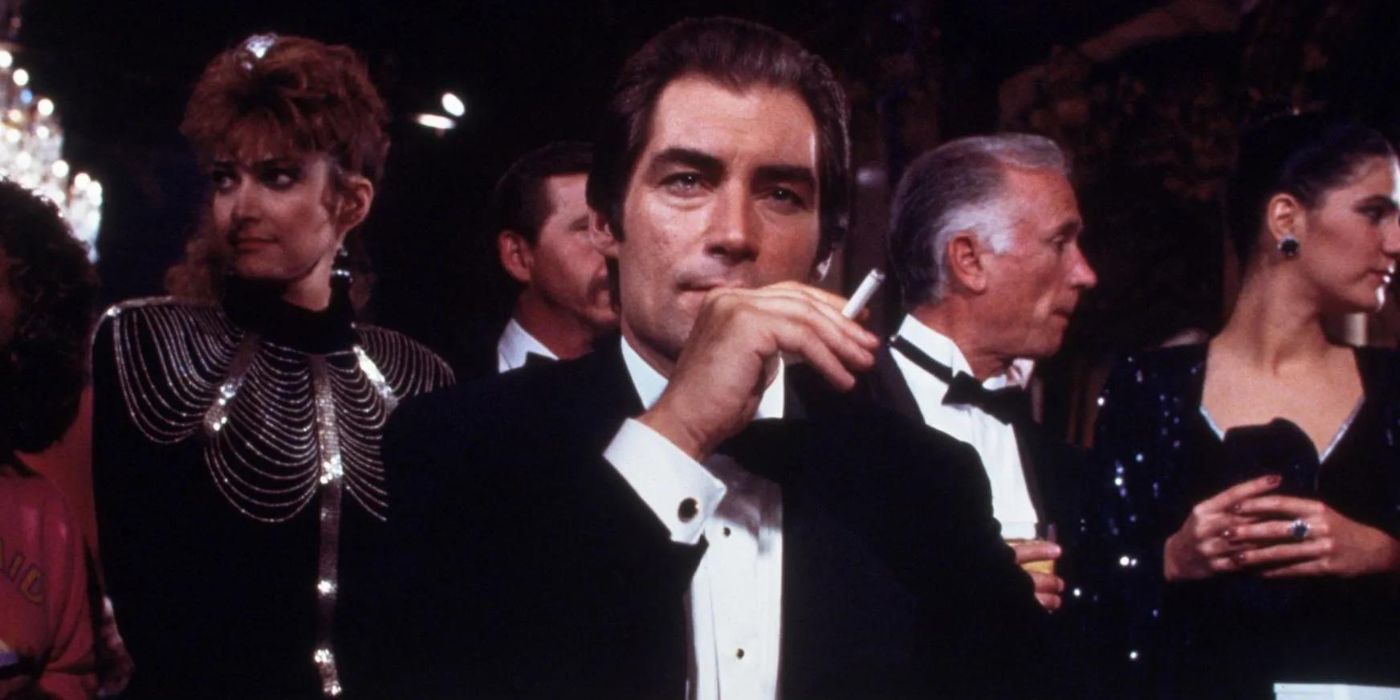
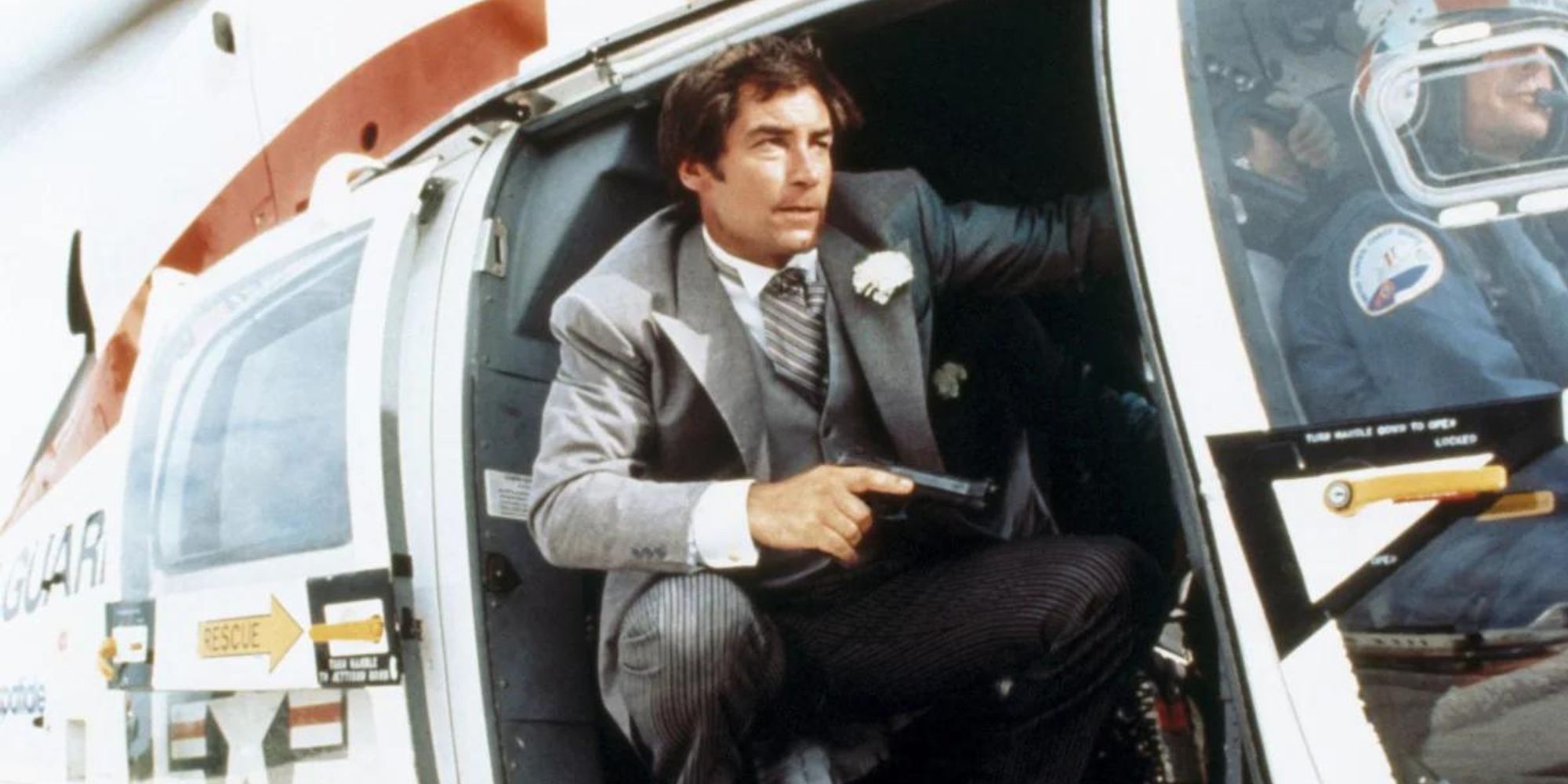

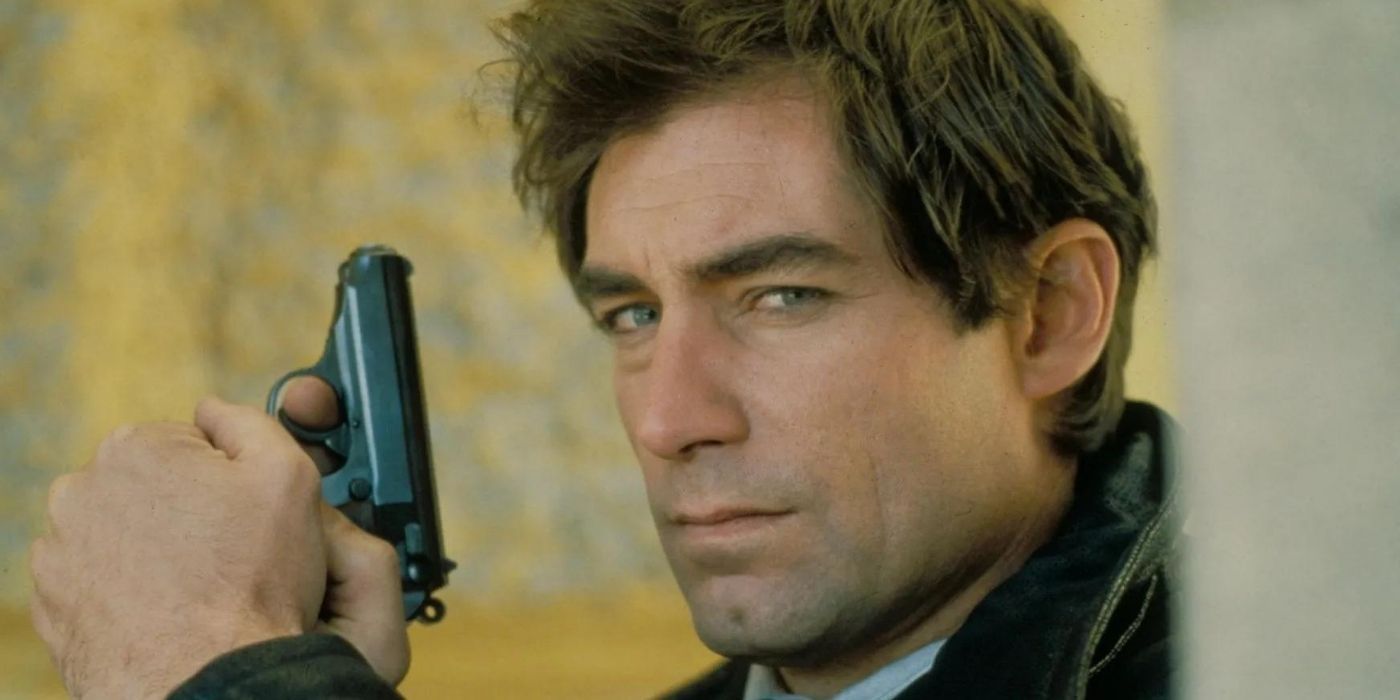
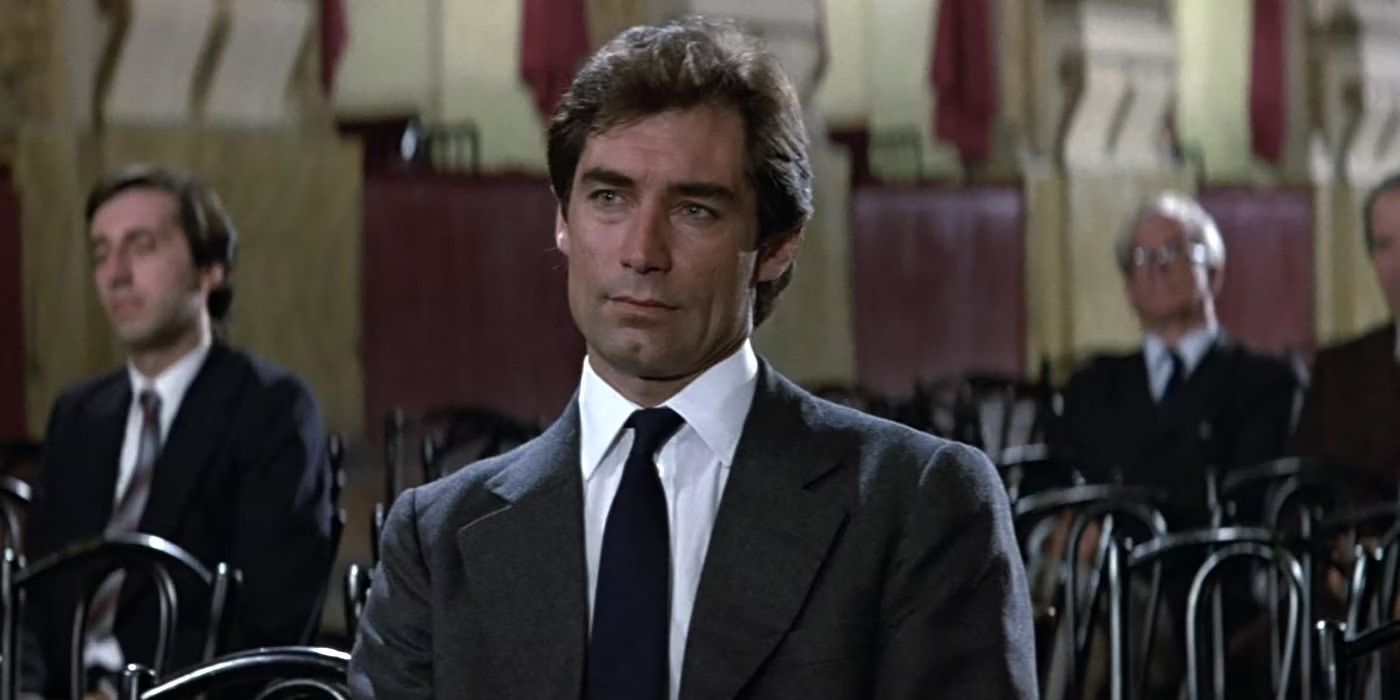
The later installments in Daniel Craig’s 007 era depict Bond as older and more worn-out. Essentially, he is a spy who, despite his best days being behind him, still does his job out of service to his country.
Interestingly, the idea of Bond as a falling-apart old-timer was originally meant to be introduced in an unmade Timothy Dalton Bond movie that would have been the actor’s third outing in the role.
Following the release of License to Kill in 1989, Dalton was supposed to return for the seventeenth overall film in the franchise.
Writers William Davies and William Osbourne penned a script for Bond 17 in 1991 that would have seen Bond being sent on a mission to North America to locate and retrieve a stolen stealth fighter jet.
The screenplay for the movie, which is included in The Lost Adventures of James Bond by Mark Edlitz, portrayed a James Bond that was past his prime. In fact, one particular passage reads:
“James Bond is in a hotel room “looking very crumpled, almost hungover.” Bond has overslept and is late for a meeting.
He goes into the bathroom and takes two Alka-Seltzer tablets to mitigate the effects of last night’s debauchery. He looks in the mirror and, disheartened by what he sees, moans, “You’re getting too old for this, Bond.”
Elsewhere in the script, Bond has trouble picking a lock, injures his back during sex, and complains about being “too old” on several occasions, all of which paint this version of Bond as something of a worn-out geriatric.
Of course, despite his age-related complaints and ailments, the James Bond of Davies and Osbourne’s script still manages to save the day and retains much of his 007 swagger throughout.
After all, as Daniel Craig’s era proves, even a worn-out James Bond is still an unstoppable force.
Why Bond 17 Was Meant To Have A Tired 007
Timothy Dalton Had A Big Impact On The Movie’s Script
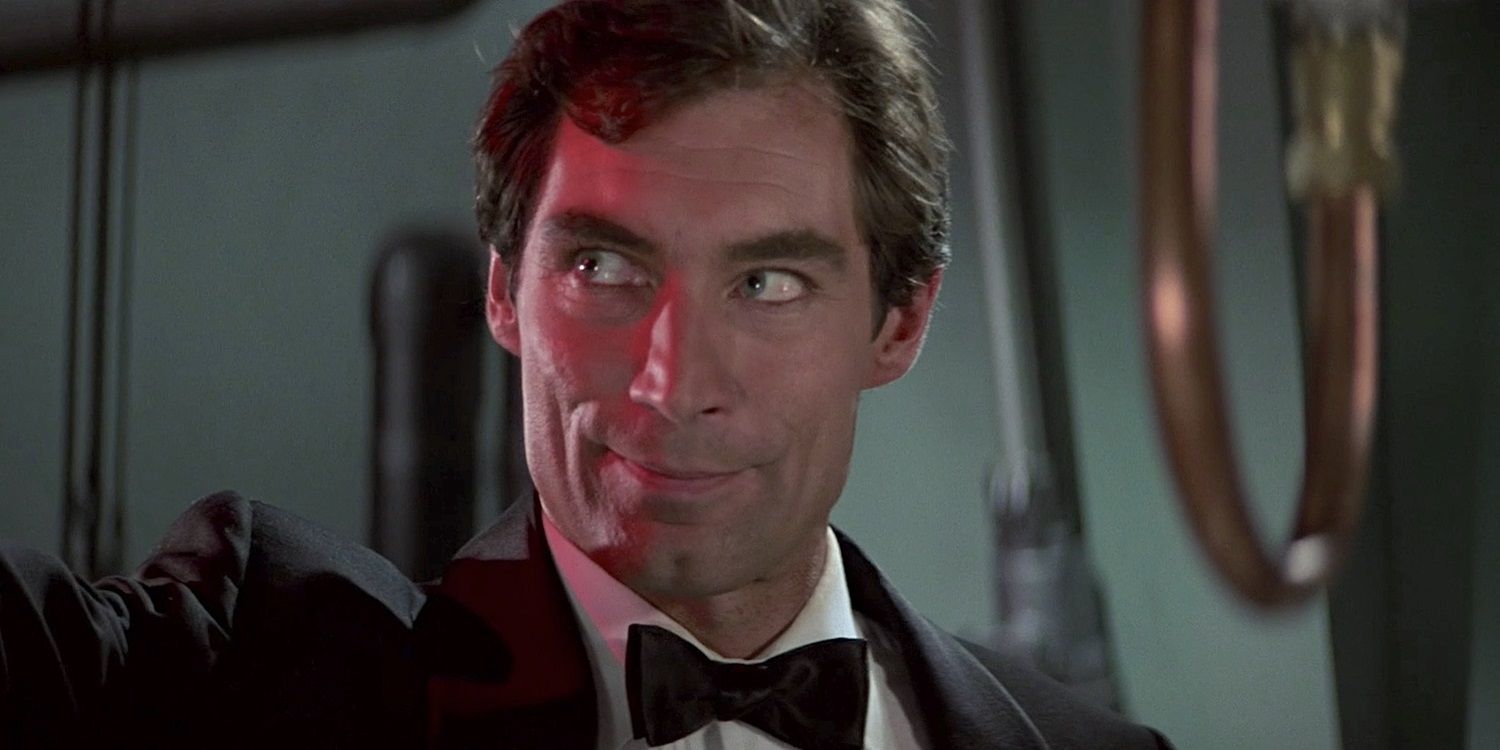
Ironically, Dalton, who was 45 years old when Davies and Osbourne wrote their script, was a whole 13 years younger than Roger Moore was when he starred in his final 007 outing, A View to a Kill.
The “past his prime” take on the character that was proposed by Davies and Osbourne for Bond 17 would have been a big departure from the previous films, which largely shied away from portraying Bond’s weaknesses.
According to Edlitz’s book, the idea for an older, more vulnerable Bond wasn’t simply conjured up out of thin air but came about as a result of Dalton’s own insecurities.
During the writing process, Dalton was beginning to question whether he was too old to play the part of Bond, and as such, the writers used this as inspiration for Bond 17.
Ironically, Dalton, who was 45 years old when Davies and Osbourne wrote their script, was a whole 13 years younger than Roger Moore was when he starred in his final 007 outing, A View to a Kill, which featured no reference to Bond’s age.
Ultimately, Timothy Dalton’s Bond exit meant that he never got the chance to star in a third Bond film.
Bond 17, which eventually became 1995’s Goldeneye, the first 007 movie to star Pierce Brosnan in the lead role, ultimately didn’t retain the “aging Bond” theme.
Timothy Dalton resigned from the role of James Bond in 1994 because of an unwillingness to commit to more films beyond Bond 17 .
Why Daniel Craig’s Era Was Better To Show A Run-Down Bond
It Was A Matter Of Timing
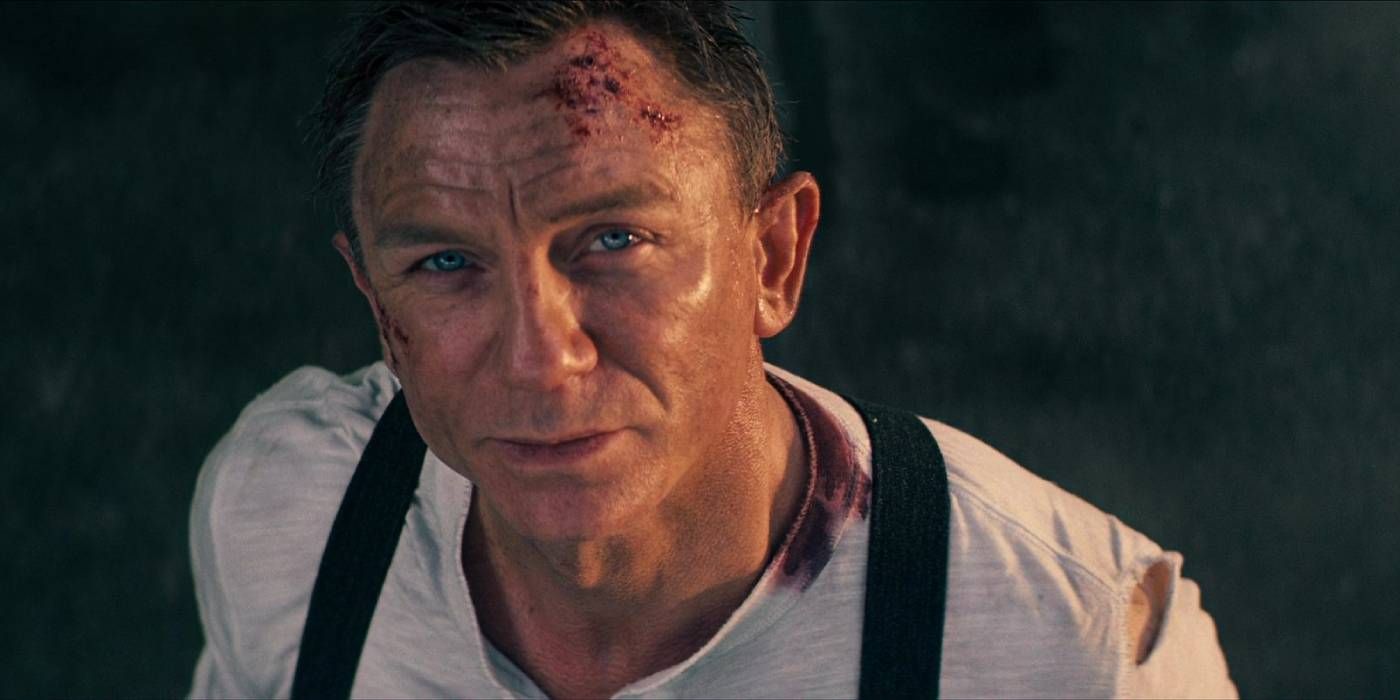
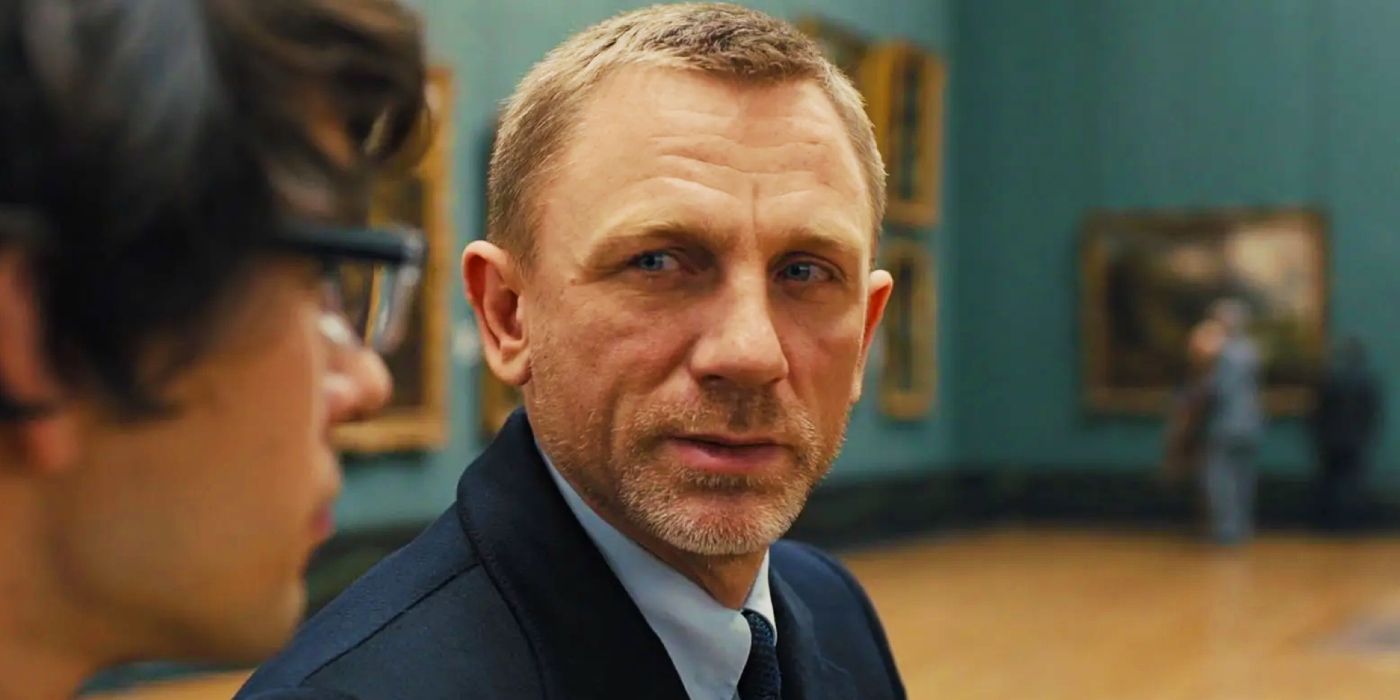

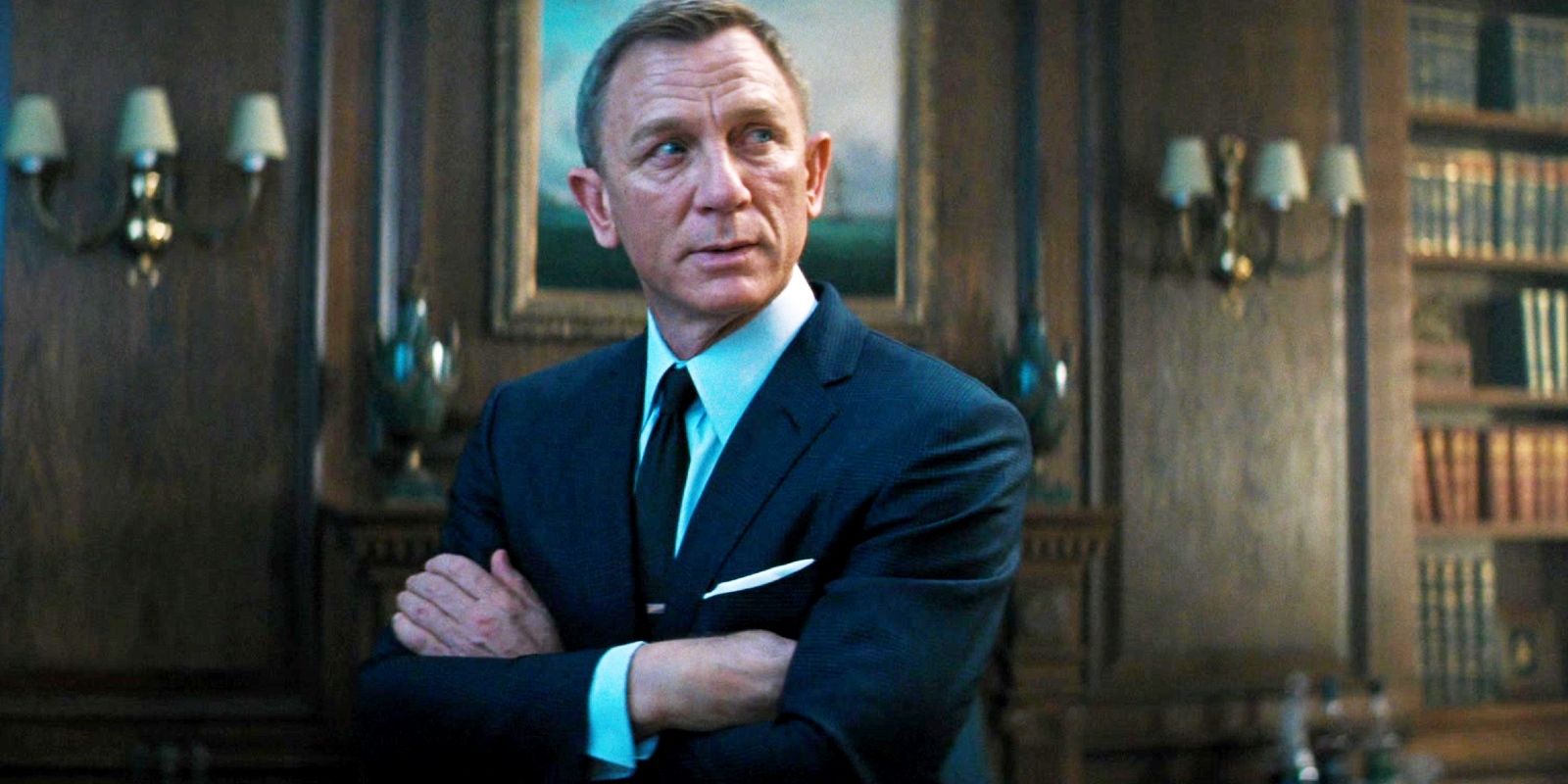
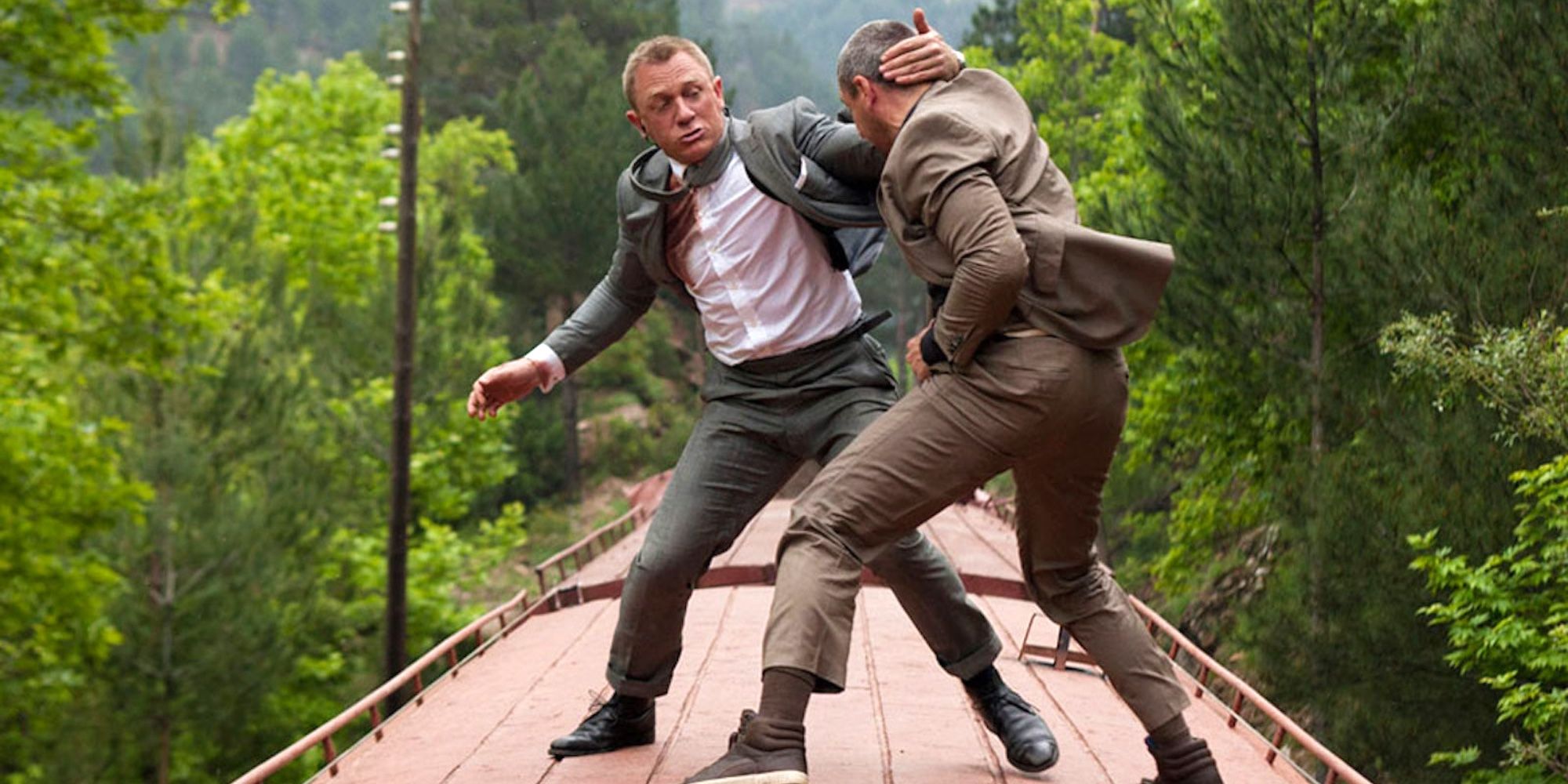
While it would have been interesting to see Dalton, an acclaimed stage and screen actor, giving his take on a worn-out 007, things probably worked out for the best.
After all, the last three entries in the Daniel Craig era do such a great job of portraying a vulnerable version of the character, or an “old dog with new tricks,” as Moneypenny puts it in 2012’s Skyfall.
It’s ultimately a matter of timing that explains why Craig’s worn-out take on the character works so well.
Timothy Dalton was the fourth actor to play James Bond on the big screen, but his time as the British MI6 agent was cut short after two movies.
The Craig era came about when the Bourne films were at their height of popularity. Grittier and more grounded than the Bond movies, the Bourne franchise demonstrated that audiences were no longer interested in the goofier take on the spy genre that had come to define the 007 series, particularly during Pierce Brosnan’s time in the role.
In contrast, Dalton’s first two James Bond films, which had more serious tones than previous entries, were largely dismissed at the time, proving that a third Dalton movie involving an aging and vulnerable Bond probably wouldn’t have gone down well with audiences.





